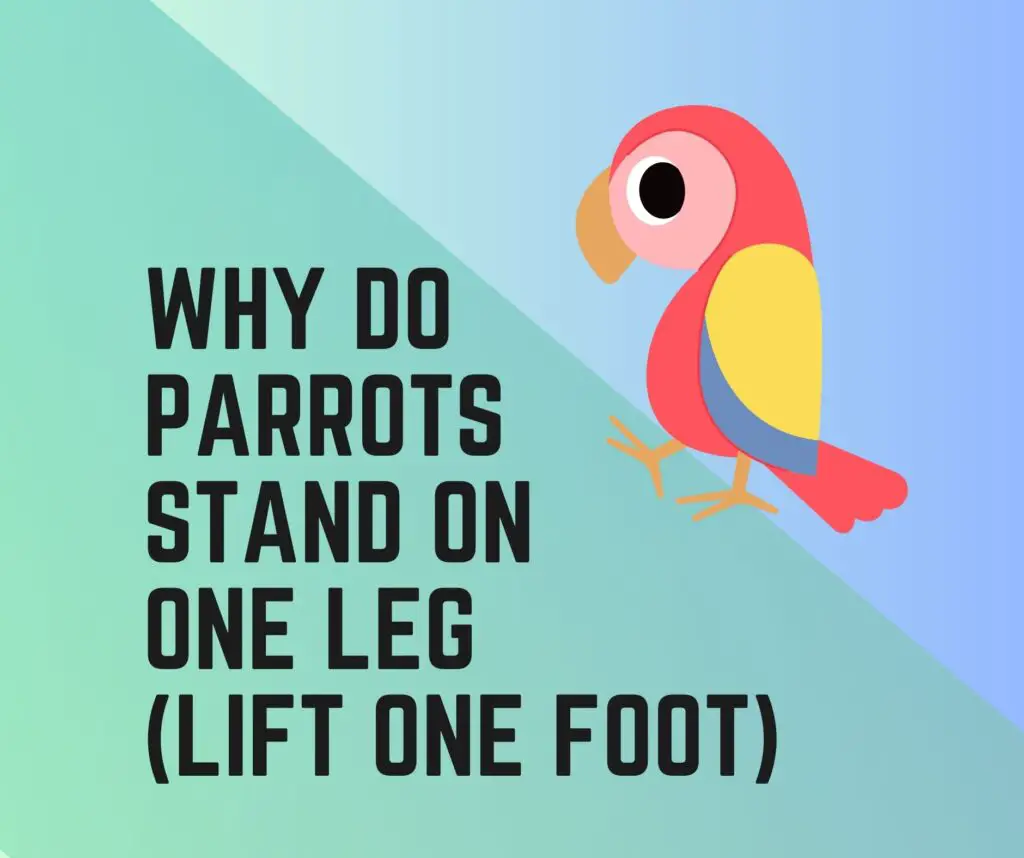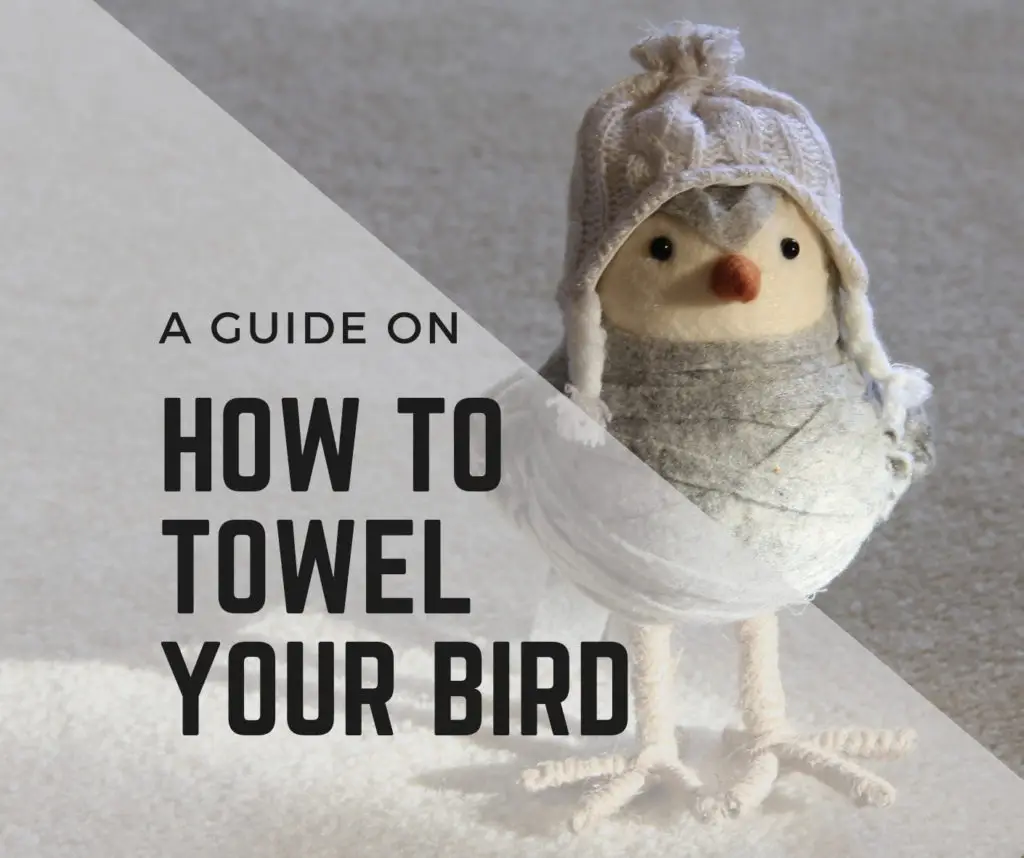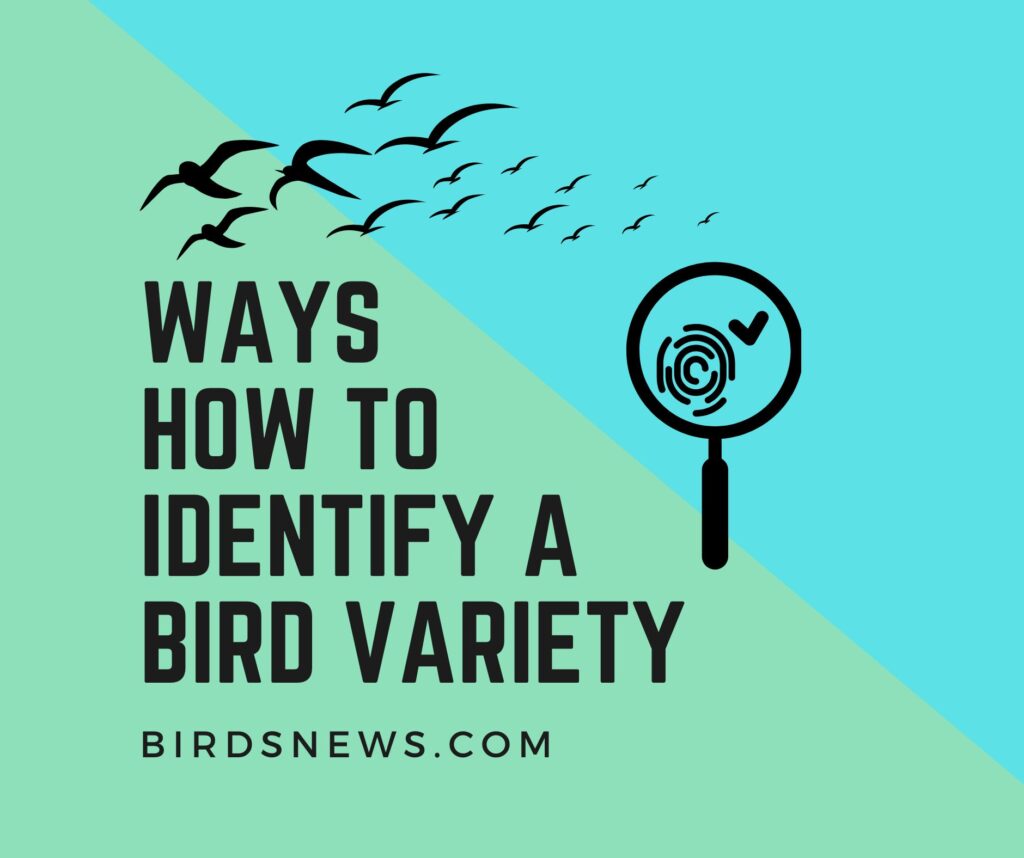Have you ever seen a parrot standing on one leg? Have you ever wondered why those colourful birds you adore often perch on just one leg?
Parrots are adorable, and their act of standing on one leg is equally charming. But there’s more to this charming behaviour than what meets our eyes. Standing on one leg is a fascinating quirk with a purpose in the avian world. Parrots, flamingos, and a range of other birds often stand on one leg.
Join us in this article as we learn “Why Parrots Stand on One Leg”? Moving forward, we will explore the instinct and science that makes parrots lift one foot in the air while balancing on another. And by the end of this article, you will have more than a deeper appreciation for these exciting avians. So, let’s uncover the secrets.
Do Parrots Stand Lifting One Leg? Why?
Yes, it is very common for parrots to stand on one leg, and these birds often exhibit this intriguing behaviour. Some of the reasons why parrot stand on one leg while lifting another involves:
- For regulating their body temperature: Parrots are warm-blooded creatures, and therefore, it is important for them to regulate their body temperature effectively. Therefore, in colder environments, parrots stand in one leg to conserve their precious body heat and reduce the exposed surface area.
- For Relaxation: As we feel relaxed sitting on crossed legs, Parrots feel the same when they stand on one leg. When parrots employ the one-legged stance, it means they are trying to relax and relieve their muscles. They do so to reduce muscle fatigue and shift their weight from one leg to another.
- For Maintaining Balance: For parrots or any other bird, balance is the key. As they stand on one leg, they are trying to adjust their balance, especially when perched on uneven surfaces like branches. By doing so, parrots can quickly shift their weight and adjust their balance.
- While Sleeping: Parrots, just like Flamingos, sleep while standing on one leg. The reason amongst both birds is common: to conserve energy and preserve their body heat. In fact, this habit is shared amongst many birds.
- For Avoiding Predators: In the wild, parrots stand on one leg to stay agile. When there’s danger lurking around every corner, standing on one leg enables birds to take flight at a moment’s notice. This helps them to escape a lurking predator.
- Mimicking Other Birds: Often, when pet parrots stand on one leg, they are taking a chance to mimic other birds they may have observed in their environment.
- For Indicating Mood: Parrots convey much of their mood through different postures. When anxious, these birds tuck their head into their body. Sometimes, their one-legged stance may be a display of relaxation and comfort. Remember, birds’ posture speaks volumes.
- As a Part of their Social Behavior: Parrots may also stand on one leg as a social gesture. They do so when perched alongside another bird as a desire to express closeness and interaction.
- To Display Comfort: It is extremely common for parrots to stand while raising one leg since they feel comfortable this way. Like humans, animals have their preferred body positions, and they may find this stance particularly cosy.
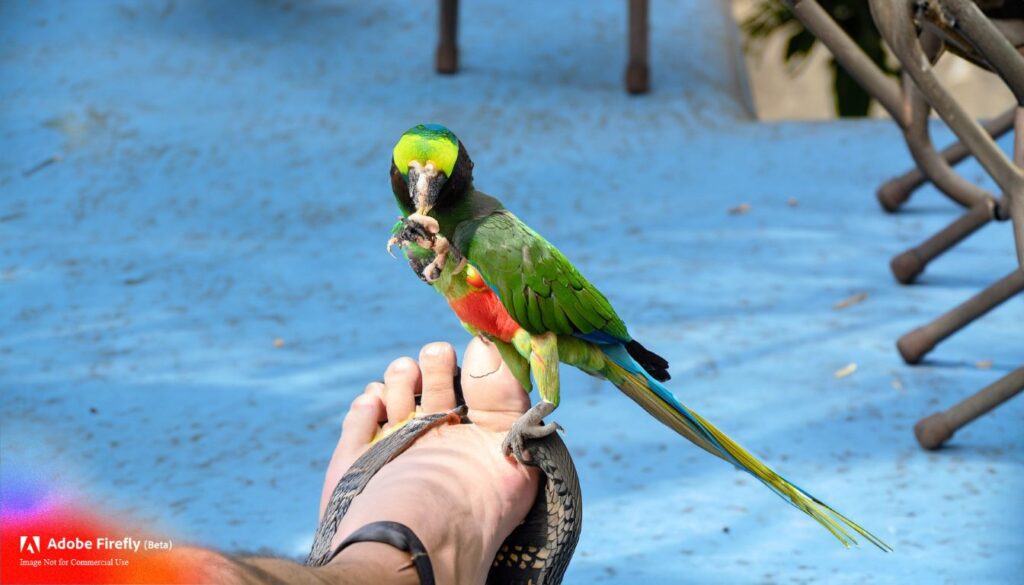
Can Parrots Standing In One Leg Indicate A Problem?
Although it is absolutely normal and pretty common for parrots to stand on one leg, sometimes it may indicate a problem as well.
Some situations when a parrot standing on one leg might be a matter of concern include:
- If a parrot is standing on one leg for a very long time, especially without switching, it can be a matter of concern. Normally, parrots stand on one leg to avoid muscle fatigue on the other. However, if they aren’t switching the other leg completely, it can be a sign of pain or discomfort.
- If a parrot shows signs of pain or distress in the form of vocalizations, fluffing up, decreased appetite, or reluctance to move while standing on one leg, it is a matter of concern. It’s essential to consult a veterinarian.
- It is common for injured or sick parrots to stand on one leg to reduce strain on the affected limb. Monitor their behaviour closely, especially if your parrot has experienced any injury recently.
- Parrots rely on their balance. However, if your parrot has some difficulty maintaining balance while standing on one leg, it can be a sign of neurological problems or an ear infection, probably affecting their equilibrium.
- Ageing parrots may experience joint problems or arthritis. Such conditions can affect their ability to stand comfortably, and thus, you may find them standing more on one leg.
- Sometimes, parrots are encouraged (or forced) to stand on one leg due to slippery surfaces, inadequate space and uneven perches. In any such situation, make sure your parrot is safe and isn’t experiencing any discomfort.
- Upon noticing any of the sings and circumstances, make sure you consult with an avian veterinarian. A medical professional can examine and diagnose any underlying problem in the bird. They can further suggest appropriate treatment or adjustments for your parrots’ well-being.
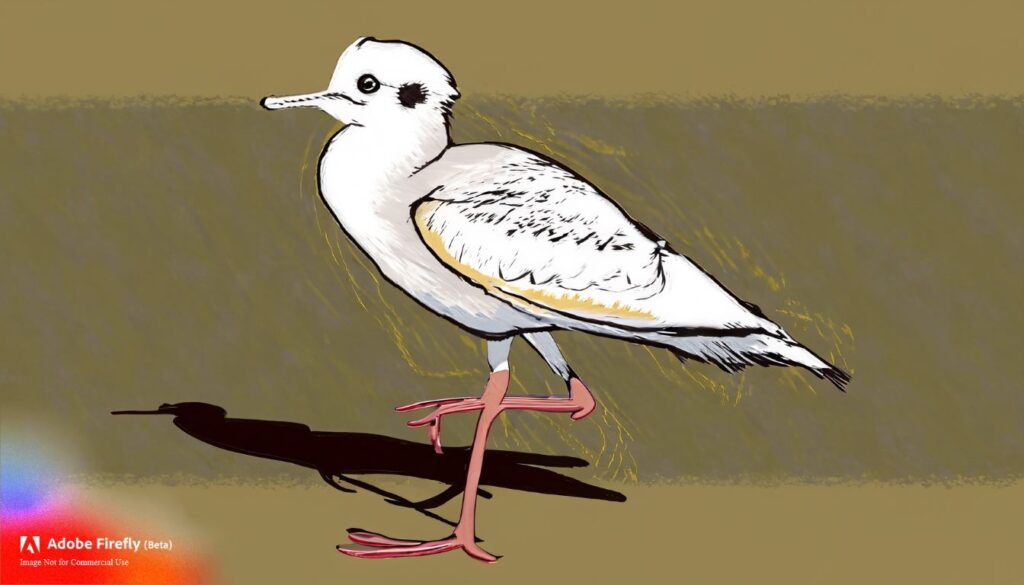
10 Birds Who Can Stand In One Leg (Apart From Parrots)
Standing on one leg is very common amongst birds, and parrots aren’t the one alone. This behaviour is also referred to as unipedal or monopodial stance. In this stance, birds perch on a single leg due to one or other reasons.
10 Birds (apart from parrots) that commonly stand on one leg include:
- Flamingos: When talking about a one-legged stance, the most famous bird is the Flamingo. In fact, most of the Flamingo pictures/ images you will see around will have them standing on one leg. Flamingos stand on one leg while sleeping/ resting in water. They do so in order to maintain balance in uneven terrain and to conserve their body heat.
- Storks: Particularly, the white stork is known to stand on one leg. They do so for resting or conserving energy.
- Herons: When they aren’t actively foraging, Herons stand on one leg to reduce heat loss and conserve energy.
- Plovers: Some species of plovers, like the killdeer, occasionally stand on one leg. Again, they do so for relaxation and thermoregulation particularly.
- Cranes: Particularly sandhill cranes stand on one leg when they are resting or preening. They do so to conserve energy and maintain balance.
- Spoonbills: Roseate spoonbills, similar to flamingos, often stand on one leg while wading in shallow waters. They do so for relaxation and temperature regulation.
- Gulls: Certain species of gulls, like the black-headed gull, may occasionally stand on one leg. They do so when resting on shores or in open areas.
- Penguins: While not typical for flighted birds, some penguin species, like the Gentoo penguin, may lift one leg when standing on land. It helps them reduce heat loss from feet.
- Ibises: Various ibises’ species are known to adopt a one-legged stance, often while foraging or at rest.
- Shorebirds: Many shorebird species, including sandpipers and sanderlings, may occasionally stand on one leg.
Bottom Line…
Parrots stand on one leg or lift one foot for energy conservation, balance, and thermoregulation. This behaviour is a practical adaptation for these birds in various situations. So the next time you see a parrot standing on one leg, don’t be surprised since this behaviour is common amongst birds.

Hi, There and Welcome to BirdsNews.com, is here to help you learn and care about pet birds. and this blog is a journal of everything I’ve learned.

